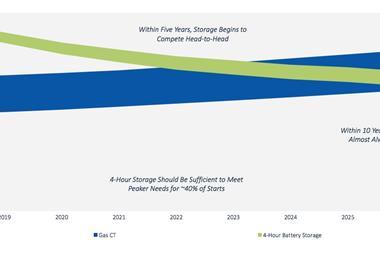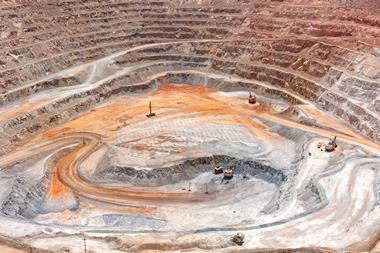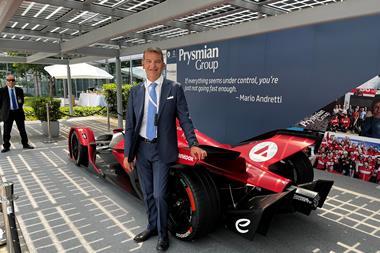Wind risk hedging can protect vital revenue streams when the wind doesn’t blow. Here’s how one energy company did it

When the wind doesn’t blow, wind farm operators need an insurer who can help guarantee their cash flow – and keep their investors happy.
Swiss Re Corporate Solutions devised the first and biggest wind risk hedge in the market for Infigen Energy, the largest owner of wind energy capacity in Australia.
The Corporate Solutions team partnered with the company to pioneer the largest wind hedge for a portfolio of windfarms across South Australia, New South Wales and Western Australia – for an excess of 500 megawatts of capacity.
Overcoming bad wind flow years
“They came to us knowing that we were in the business and said, ‘look, we are under some cash flow pressure due to a couple of bad wind flow years’,” says Stuart Brown, head origination weather and energy at Swiss Re Corporate Solutions.
“They were not actually in financial distress. But they could see it coming from where they were sitting, and they wanted a solution.”
The hedge reduces basis risk because it is based on actual energy production across multiple sites, as opposed to traditional wind protection solution
Swiss Re Corporate Solutions started talking to Infigen Energy about various ways that it could put a floor on the downside of the company’s wind production. The insurer suggested the use of a ‘collar’, whereby the insurer would pay Infigen Energy when there is too little wind, and Infigen Energy would pay the insurer when there was plenty of wind.
The hedge reduces basis risk because it is based on actual energy production across multiple sites, as opposed to traditional wind protection solutions, which are tied to single-site modelled wind speed indices. This insurance product paid a fixed amount per megawatt-hour for power not generated due to low wind.
Financial considerations
This type of deal will become more and more significant as the market adjusts to a world where governments are retreating from subsidies that were previously on offer, and which drove a lot of the sector’s early growth.
There aren’t many businesses that can guarantee a long-term price for electricity and those prices are an important part of getting your project banked
At the prices available, it can be difficult to get enough funding to justify investing in and building a wind farm, and operators have started to care a lot more about the unpredictability of wind. The economics of running a wind farm have changed dramatically.
“There is an element of stalemate right now as this story plays out,” says Brown.
“There aren’t many businesses that can guarantee a long-term price for electricity and those prices are an important part of getting your project banked. I know of several projects that have stalled because they can’t get these guarantees.
“Wind, sunshine – it’s fuel – and yet people don’t see this. People hedge their oil and their gas, but not their wind. Why?”




















No comments yet